【新唐人2011年7月7日訊】京滬高鐵趕在七一前夕開始開通運營,中共媒體稱讚聲一片,但是民間卻相反的出現了許多質疑的聲音。在擁有先進新幹線技術的日本,媒體也關注著中國高鐵的真實情況。
6月30號,京滬高鐵正式開通。7月1號,鐵路開始實施新的運行圖。日本《鑽石在線》(Diamond Online)發表《中國共產黨建立90週年之日開通京滬高鐵的真相》,報導指出,原來預定在2012年春開始運行的高鐵,突然趕在7月1號前夕開通,就是因為今年七一是中共建黨90週年。
報導說,為了迎合七一造勢,中共媒體對高鐵給予了最大限度的讚美。不過民間的反應並不與它同步,相反,質疑的聲音不斷。有人擔心,引進的技術購買合同上註明的最高安全限速是300公里,硬讓高鐵跑時速380公里,安全不安全?也有人質疑,京滬高鐵完全沒有考慮利益回收,會不會又是一個三峽工程?
鐵道部原副總工程師、高速辦副主任周翊民,他在稍早前接受媒體採訪時表示,在落馬的原鐵道部部長劉志軍時代建設的高鐵項目,存在很大安全隱患。一是「時速350公里」列車,是吃掉安全係數才實現的;二是高鐵運營的過程中,有過若干次秘而不報的事故,雖然沒有造成生命危險,但都不是小事;三是,高鐵線路在不同地區出現瀋降,最多達40厘米。
但是,為了拼上世界第一的時速,中國大陸的高鐵工程勉強而為,因此發生了一系列的事故。
據了解,2009年3月27號,一輛行駛在膠濟客運專線上的CRH2動車組突然失去動力停車,後來發現,6號車車頂的受電弓已經丟失,事故當時的時速接近膠濟客運專線設計的最高時速250公里。而2009年12月26號開通的時速350公里的武廣高鐵,在開通40天內,連續製造出五起駭人事故。被『廣州日報』、『河南商報』等廣泛報導。
評論家盛超撰文說,作為消費者,我們更關心的是列車是否安全,而不是坐在世界上最快的列車中。
此後,中國鐵道部把車速降到300公里,但仍然表示,降速是處於運營成本的考慮,而不是安全問題。
中共在京滬高鐵上花錢如流水,鐵道部在開通當天宣稱,京滬高鐵總投資達2209億元。這個數字是1994年決定建設時預算的2.3倍,超過三峽水壩的1800億元,京滬高鐵由此成為中國耗資最大的工程項目。《鑽石在線》引用『中國新聞週刊』記者周政華的話說,「鐵道部是4兆元經濟刺激政策最大的受惠者。恐怕有1兆元的資金投資給了高鐵。」
但這筆巨額投資目前完全不知道何時才能回收。《鑽石在線》的文章說,京滬高鐵單程的票價高達1750元,相當於年輕勞動者一月工資,雖然有相對低價一點的410元的票,但對一般老百姓來說也不便宜。坐武廣高鐵回家探親一次,兩個月的工資就飛了。
《鑽石在線》還引用北京交通大學經濟學教授趙堅的研究說,2006年,中國鐵路旅客只有1%乘軟臥出行,現行高鐵票價相當於軟臥價格。鐵道部構想用這樣的高價「讓高鐵分流既有線路客流」,相當不現實。
根據「聯合資信評價公司」的評估,中國鐵道部從08年開始興建高鐵就出現了129.5億元巨額的赤字。上海「清算所」網站公布今年第一季度的財務和經營數據,鐵道部的負債率繼續攀升,達到了58.24%。第一季度的利潤總額是負-37.6億元,實收資本比去年第三季度減少2127億元。
投資越來越龐大,赤字越來越巨額,和這些相反的是,日本企業在這些項目中的出現卻越來越少。
《鑽石在線》說,日本擁有的先進新幹線技術,這次也應用在京滬高鐵項目中,不過臺面上幾乎沒有被提及。因此,現在的民主黨政府雖然有打算把環境,節能,新能源技術作為對中國的新商業支柱,就算姑且不看三峽工程和京滬高鐵在中國國內的口碑,也應該「重新考慮」實際上能做到哪一步。
新唐人記者尚燕、吳慧真綜合報導。
Japanese Media on China』a High Speed Rail
Beijing-Shanghai high-speed rail started operation
just before July 1, getting high praises from Chinese media,
but many questions were raised by ordinary people.
In Japan, a country with advanced technology in high-speed rail,
the media are also watching the real development
in China's high-speed railway.
On June 30, the Beijing-Shanghai high-speed rail opened
officially. Japan's Diamond Online published a report:
“The Truth of opening the Beijing-Shanghai High-Speed Rail
on the 90th anniversary of the Chinese Communist Party (CCP)."
The report said that the high-speed rail was originally scheduled
to run in the spring of 2012.
The sudden rush to begin its operation on the eve of July 1
was this year』s 90th anniversary of CCP.
The report said that to meet the CCP』s July 1st campaign,
the CCP media has extolled the high-speed rail lavishly.
However, civilians do not echo it but rather on the contrary,
queries and questions never seem to end.
People worry that the technology-purchase agreement
clearly specifies the maximum speed limit to be 300 km/h,
Is it safe to run at a speed of 380 km/h?
Also, the project has not considered the investment returns.
Will this become another Three Gorges Project?
Former deputy chief engineer of Ministry of Rail, Zhou Yimin,
said in an interview, that at the time of former Rail Minister,
Liu Zhijun, the high-speed rail had serious safety issues.
Firstly, the speed of 350 km/h was made possible
by lowering the safety requirements.
Secondly, there have been several unreported accidents.
Life was taken in them, therefore they were not trivial.
Thirdly, in some regions there has been a subsidence
of high-speed rail lines, the largest being over 40cm.
However, in order to compete for the world's highest speed,
high-speed rail projects in China are carried out without
solid tech support, so a series of accidents have occurred.
On March 27, 2009, a passenger train, CRH2, running on
Jinan-Qingdao line suddenly lost power and stopped.
Later it was found that the roof pantograph had been lost.
At the time of the accident, the train was running close
to the maximum speed of 250 km/h for the Jiaoji line.
Wuhan-Guangzhou high-speed rail with a speed of 350 km/h
began operation on Dec. 26, 2009. Within 40 days,
five serious accidents occured. They were widely reported.
Commentator Sheng Chao wrote that as consumers,
we are more concerned about the safety of our trains,
rather than to sit in the world's fastest trains.
Since then, the Chinese Ministry of Railways has reduced
the speed limit to 300 km/h, but still said the reduction
is due to cost consideration, rather than safety issues.
The CCP poured money into Beijing-Shanghai high-speed rail.
The Ministry of Railways announced on the opening day,
the total investment was RMB220.9 billion. which
was 2.3 times of the original budget in 1994,
and more than Three Gorges Dam's cost of RMB180 billion.
It thus has become China's most expensive construction project.
Diamond Online quoted China Newsweek correspondent
Zhou Cheng-hua, "Ministry of Railways is the biggest beneficiary
of the RMB 4 trillion economic stimulus package.
Maybe RMB1 trillion was invested in the high-speed rail."
But it is unknown when this investment』s returns will begin.
Diamond Online said, the highest fare for Beijing-Shanghai
high-speed rail is RMB1750, a month worth of a labor』s wages.
Even the lower price of RMB410 is not cheap for most people.
Taking Wuhan-Guangzhou high-speed rail to visit home,
will cost two months' worth of wages.
Diamond Online also cited Beijing Jiaotong University
professor of economics, Zhao Jian, that in 2006,
only 1% of Chinese railway passengers took soft berths.
Now high-speed rail fare is equivalent to that of a soft berth.
With such a high price, the Ministry of Railways wants
"to divert the existing passengers to high-speed rail line,"
which is rather unrealistic.
According to China Lianhe Credit Rating Co. assessment,
Chinese Ministry of Railways had RMB12.95 billion deficit
in 2008 when it began the high-speed rail construction.
Shanghai "Clearing House" website published Q1 financial
and operating data. The Ministry of Railways』 debt ratio
is still rising, reaching 58.24%.
Its Q1 gross profit was negative RMB3.76 billion,
and paid-up capital was RMB212.7 billion less than Q3 of 2010.
Investments get larger and deficits are hiking even more.
In contrast, Japanese companies』 deficits become lower.
Diamond said Japan's advanced Shinkansen technology
has also been used in the Beijing-Shanghai high-speed rail,
but this was barely mentioned.
Thus, when the current democratic administration intends
to use environment, energy conservation, and new energy
technologies as pillars for its new business with China,
Japan should consider what can actually happen,
in the light of these projects』 reputation in China.
NTD reporters Shang Yan and Wu Huizhen
看下一集

【禁言博客】安徽最牛零分高考作文

【禁聞】亞視稱江澤民病死 網民慶 中共封網

【禁聞】追查國際﹕中國統促會是中共機構

【禁聞】百姓參選遭官府暴力 律師呼籲監察

【禁聞論壇】中國高速鐵路慢下來
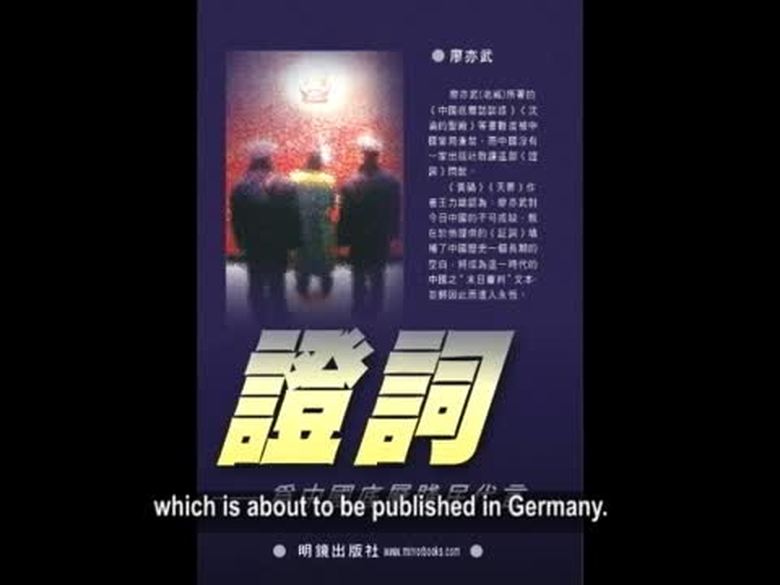
【禁聞】一個不評論時事的政治作家
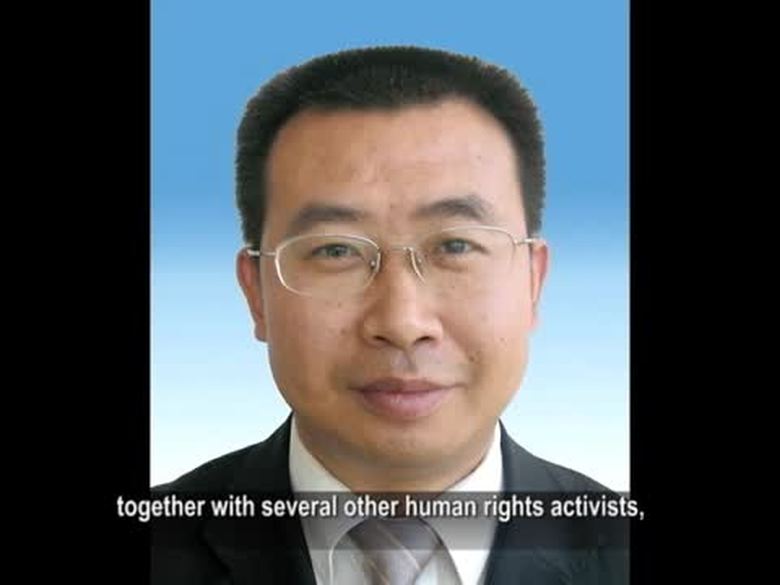
【禁聞】李天天再遭綁架 維權律師倍受打壓
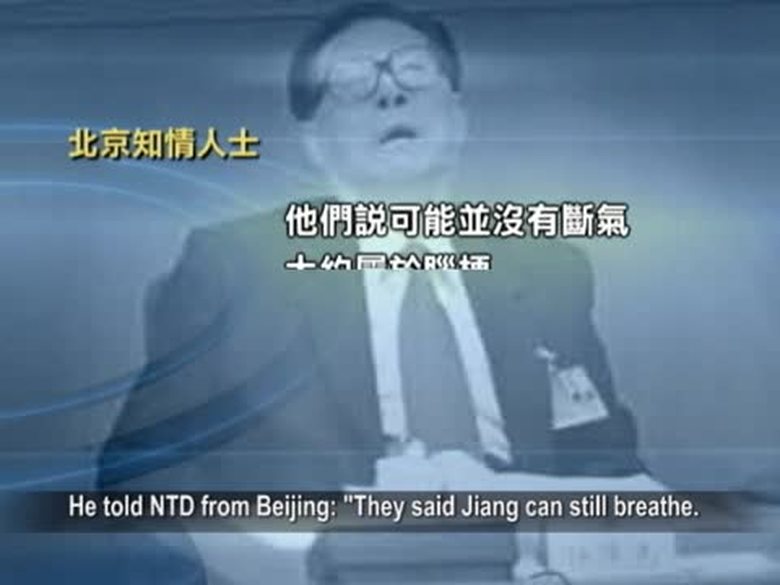
【禁聞】消息人士稱江澤民腦死亡 官方沉默
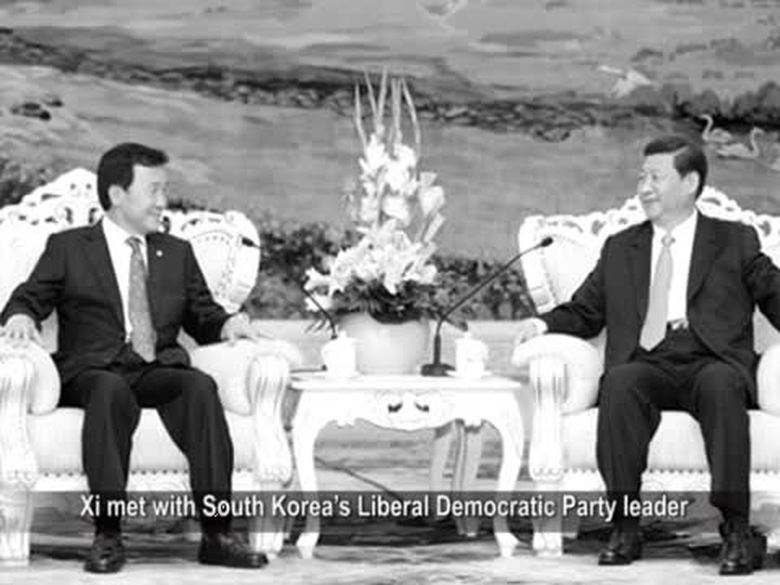
【禁聞】習近平足球三願 網民嘆“火星撞地球”
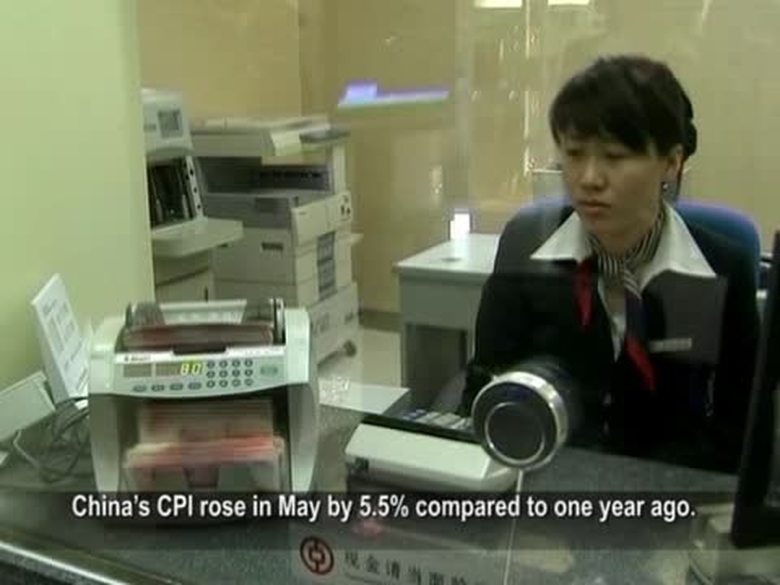
【禁聞】央行再度加息“對抗”通貨膨脹

【禁聞】兒推特喚母:放我媽回家吃飯

【禁聞】郭美美炫富 官辦慈善機構失信於民
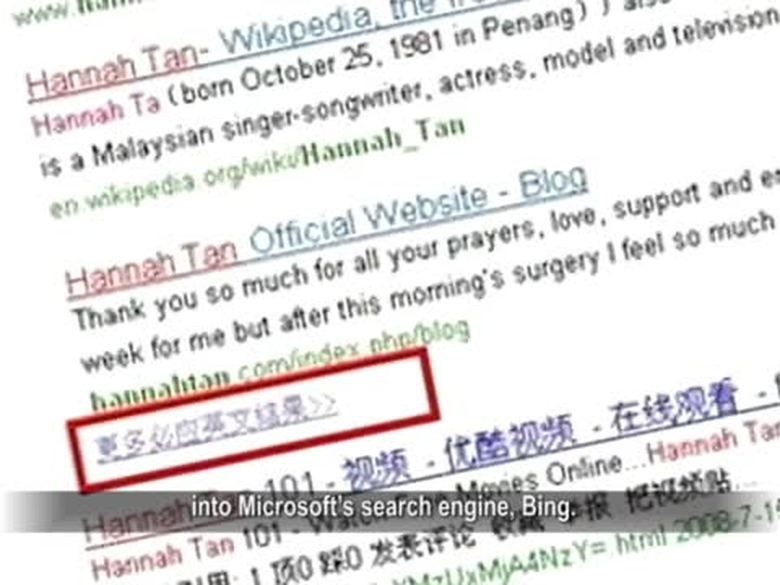
【禁聞】百度微軟合作 網友抵制
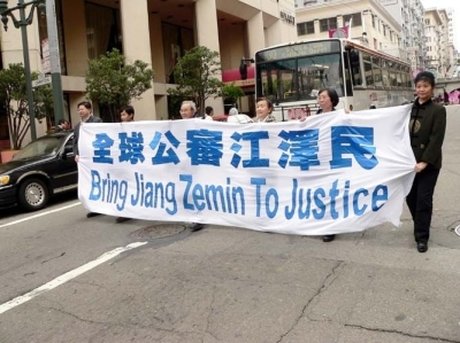
【禁聞】江澤民生死成謎 牽動政局民盼審判
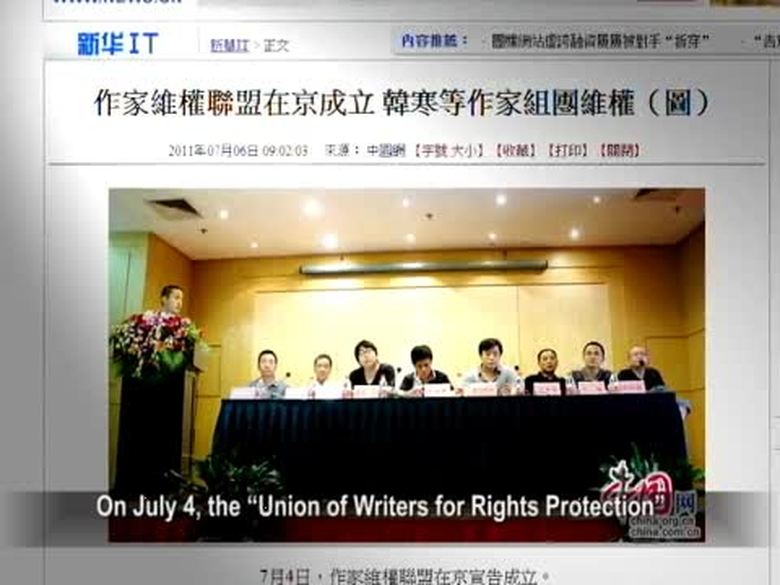
【禁聞】韓寒領銜大陸作家 再起維權風雲
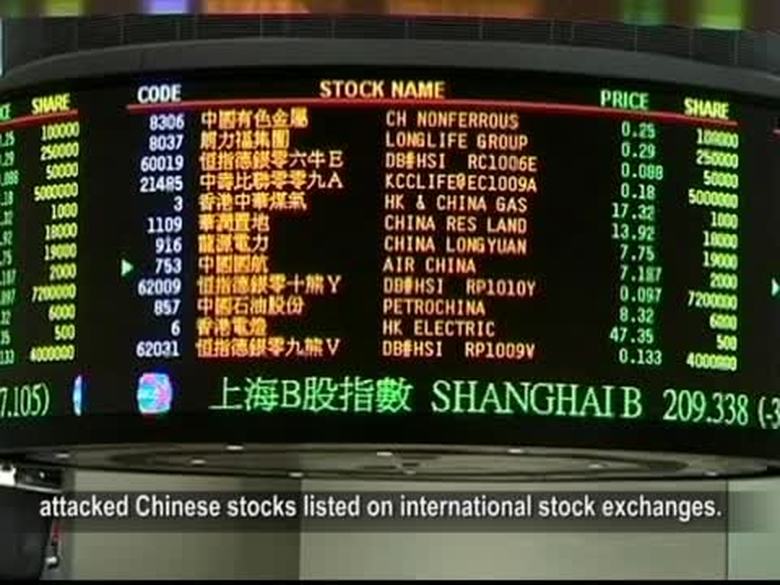
【禁聞】查在美上市中國公司 美證交會受阻








